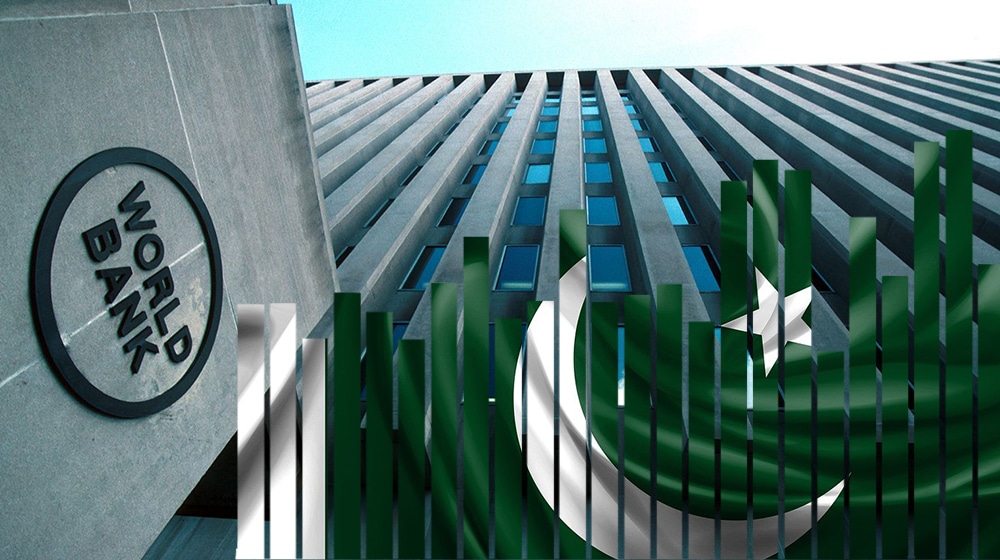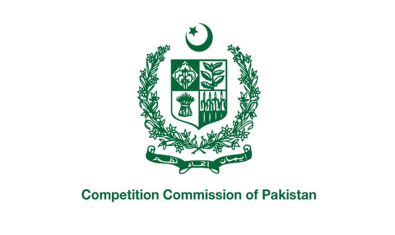The World Bank (WB) will consider the Khyber Pakhtunkhwa Rural Accessibility Project worth $310 million next month with the objectives to improve rural access to schools, health facilities, and markets in the province.
The estimated appraisal date for the project is April 4, 2022, while the World Bank Executive Board meeting is expected on May 26, 2022, which would finally give its approval to the project.
The proposed project is fully aligned with the World Bank Group’s (WBG) Country Partnership Strategy – CPs FY15–20 and its objective to strengthen Pakistan’s Human Capital Base. The project will improve access to education, health, and markets in the KP province. This initiative will support Results Area, Service Delivery, improved Access to Maternal and Child Health Services and Outcome, Increased School Enrollment and Adoption of Education Quality Assessment).
Project components.
The total cost of the project is US$310 million, out of which US$300 million was financed by IDA and US$10 million by the GoKP.
Component 1
Safe and resilient access (IDA will finance US$280 million and GoKP will finance US$10 million) This component would finance, inter alia, the improvement of resilience, rehabilitation, and maintenance of selected rural roads across the province, including the NMDs. The improvement of existing roads would be selected based on geospatial analysis focused on improving access to education, health and market facilities, and climate change risk considerations.
This will include new rural roads, rehabilitation of paved roads (asphaltic and concrete, etc.), and upgradation from unpaved (gravel, earthen, etc.) to paved roads and routine maintenance of unpaved and paved roads within the existing right of way. Improvement will include resilience measures, including but not limited to route realignments to avoid areas with slopes/hydraulic sections vulnerable to climate risks, enhanced slope protection, and drainage structures, changes in design standards for pavements that reflects a higher level of climate resilience, and a decision to seal previously gravel roads for climate resilience. In addition, the component will include the introduction of new and green technics to mitigate rainfalls and high temperatures.
The loan will also finance road safety infrastructure for safe walking and cycling environment to and from schools. The project will consult female commuters on the design and implementation of safety and anti-harassment features in infrastructure.
Moreover, a Gender-based violence (GBV) action plan will be implemented to prevent/mitigate this risk in construction activities. The Bank will finance the designs, construction, supervision, COVID-19 health protocols, GBV action plans, emergency, and contingency plans to address natural disasters and auditing. The GoKP will be responsible for the utility relocation, compensations, and other social costs. A list of proposed roads in priority districts.
Component 2
School transport and logistics services (IDA US$5-15 million) This component will integrate the infrastructure for access and road safety works (financed by Component 1) and the improvement of school transport services and road safety activities for primary and middle schools; and will finance:
- the improvement of school transport, including road safety activities, the programing and dispatch of school buses, operational efficiency and fuel savings, the provision of new buses, training for relevant staff, emergency and contingency management plans, GBV action plan to support girls’ mobility and the implementation of COVID-19 health protocols for transport services; and
- a logistics program to improve the efficiency, the implementation of green practices, and the improvement of access to markets for small farmers under better conditions and international practices, including the reduction of logistic costs on crop produce, provision of storage areas, training, information system, logistic channels, market intelligence, and price information system.
Component 3
Project management and institutional strengthening (IDA US$5-15 million) This component will support the strengthening of the capacity of the Communications and Works Department (CWD) and the Project Implementation Unit (PIU). It will finance the implementation of GIS-based RAMS (which will start its pilot stage prior to appraisal with the selection of the first subset of roads with WB support), technical assistance to the PIU to improve road safety around the schools.
As well as, technical assistance and capacity building on procurement, financial management, road planning, climate-resilient design, construction and maintenance, emergency maintenance and contingency plans (to manage flash floods, landslides, earthquakes, etc.), gender participation during project cycle, implementation of COVID-19 health protocols for transport services, logistics and project management, including the monitoring of the implementation of the environmental and social standards (ESS) of the WB. This component will cover the administrative and operational costs related to the implementation, monitoring, and evaluation of the Project.
Official documents of the World Bank revealed that geospatial preliminary findings showed that almost 40 percent of the rural population in the province must travel more than one hour to access a health facility (2nd highest in the country). Low accessibility has a direct effect on the mortality rate due to low prenatal and postnatal care, low immunization, informal births, and lack of paternal care.
The health indicators show a poor performance in southern districts of KP and NMDs (except Karak & Bannu). On average, 15 districts are under the province average, this suggests that these districts will require special attention to improve their indicators, and access to health facilities could play a key role.
In the case of access to education, the preliminary findings showed that 80 percent of the rural population in KP province require more than 30 minutes of driving distance to primary schools, affecting more female students. An estimated 28 percent of children between the ages of 6-16 years are out of school in rural parts of FATA areas, compared to the country’s average of 17 percent.
The province has poor access to primary, middle, and secondary schools. In the case of middle and secondary schools, the percentage is even higher, i.e., 90 percent and 92 percent respectively. This situation affects more female students, who have a 1.7 percentage points difference compared to boys’ schools.
Lack of access to markets affects small farmers of the province, impacting the quality of products, increasing losses and the cost of transport, which reduce farmer’s income. The province is essentially rural and linked to agro-based economic activities. Almost 90 percent of the population of the province lives within two hours’ distance from an urban center.
About 20 percent of the roads are not paved, located mainly in the North and South of KP. In 2019, the KP province showed the lowest income index compared to the rest of the provinces (figure 1) due to road conditions, the long distance to major urban centers and markets (Peshawar Charsadda, Mardan, Swabi, Nowshera, or Islamabad), and high transport costs, particularly in the Northern and Southern Districts of the province. 9.
Rural roads play a key role in connecting the districts to the provincial centers. The province has a rural road network of 21,679 km, which is under the responsibility of the Communication and Works Department (CWD). About 72 percent of this network is spread over 22 districts serving 30 million inhabitants, while 28 percent is in the 13 merged districts serving 5 million inhabitants. Almost 41 percent of the total network is under poor condition.
Moreover, an additional 30 percent is expected to change from fair to poor condition if not timely maintained. However, almost 20 percent of the entire network is still unpaved, particularly in the NMDs which in general has a higher requirement for rehabilitation, paving, and periodic maintenance.
The demand to upgrade and or maintain the network has been exacerbated by climate change (as reflected above) and the limited fiscal space of the GoKP to meet its maintenance needs. In addition, there is no proper inventory of rural roads or a systematic prioritization framework (RAMS9) for strategic road works planning and maintenance.





















